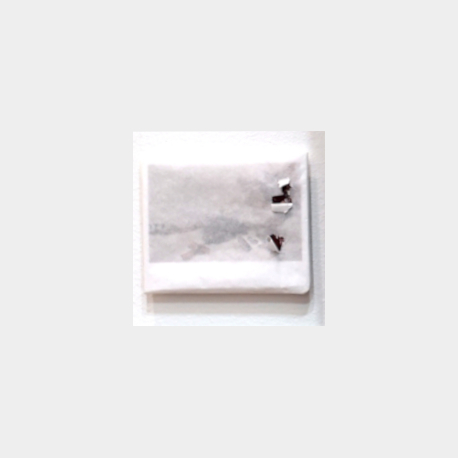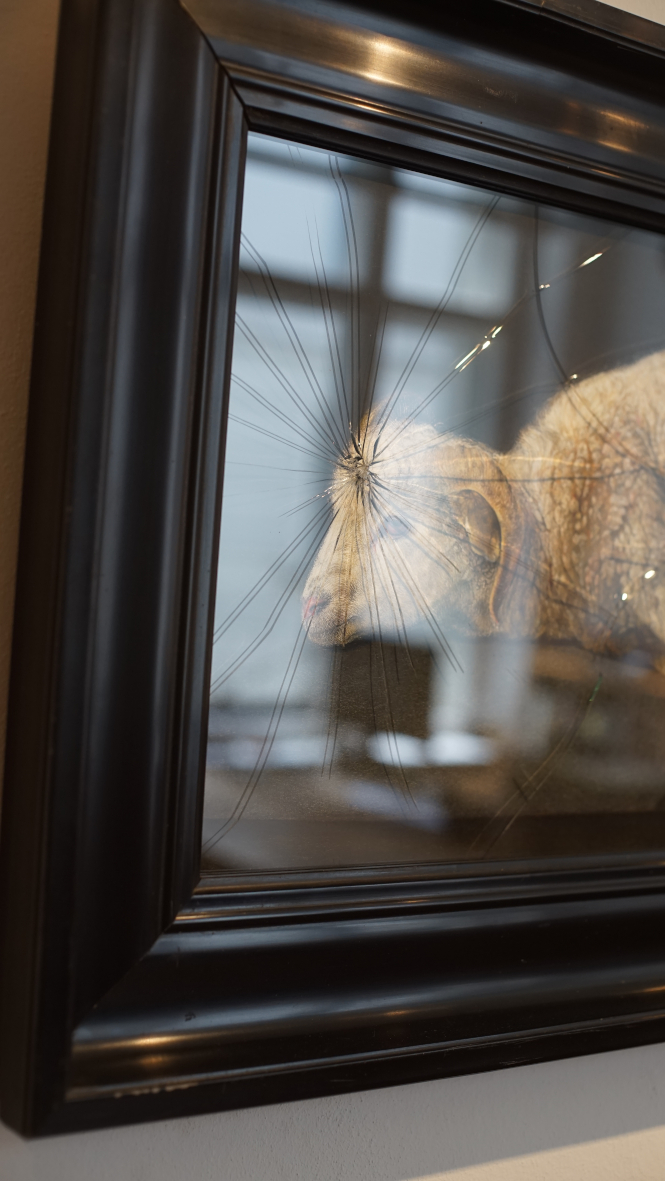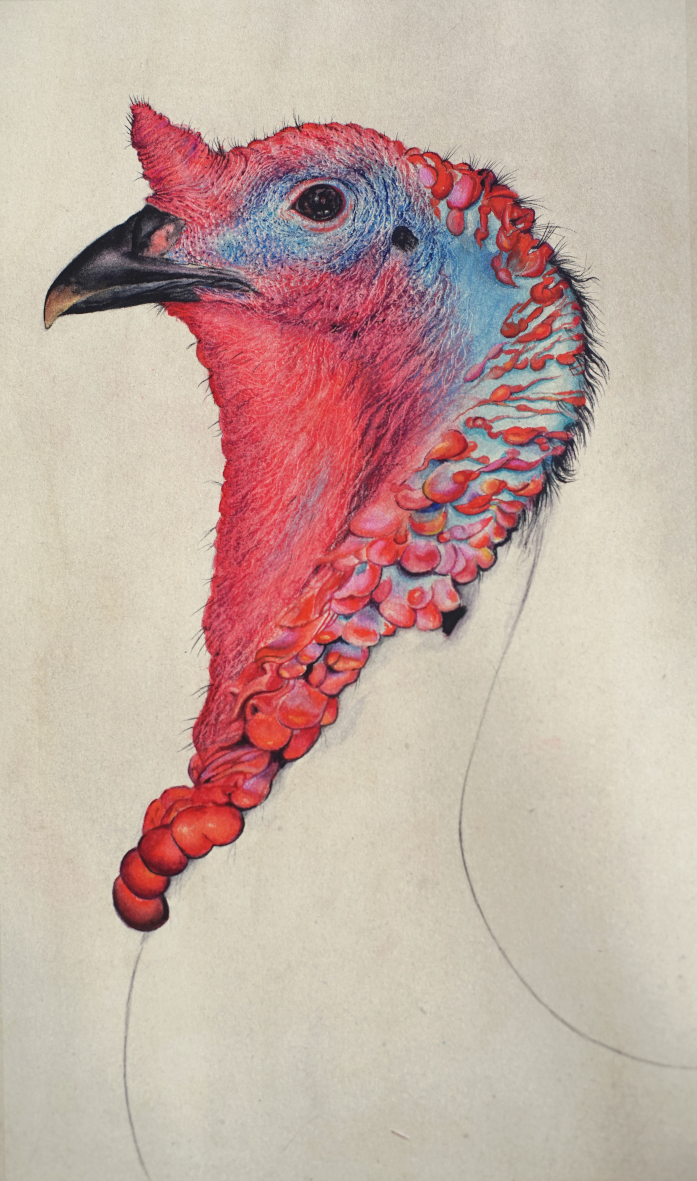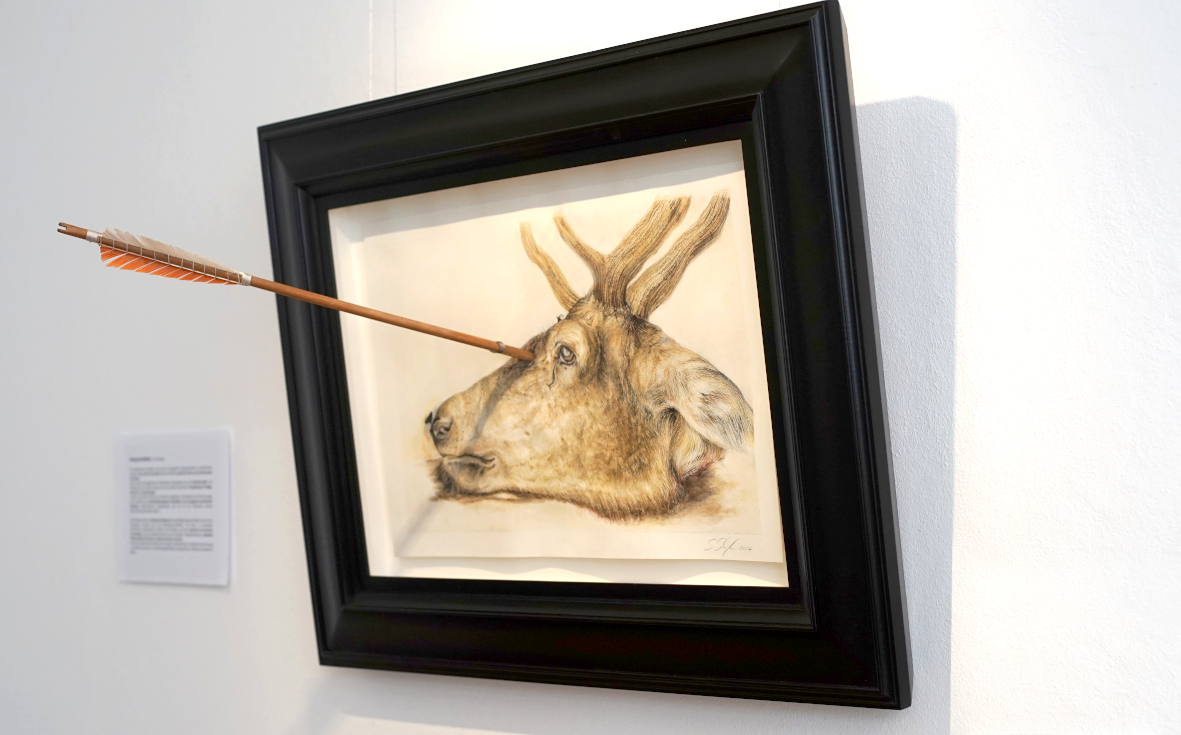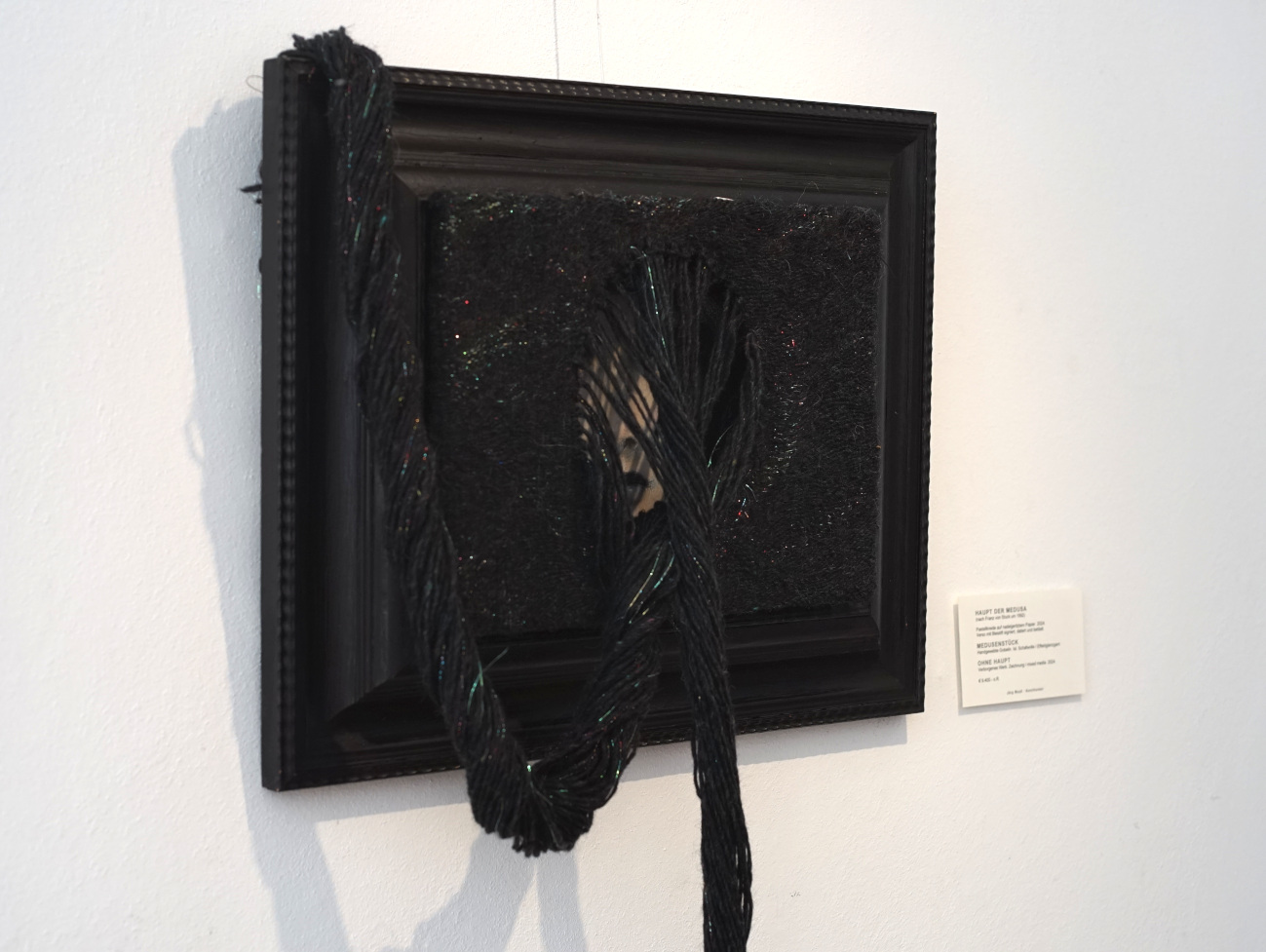
Haupt der Medusa
(nach Franz von Stuck um 1892)
2024
Pastellkreide auf Papier, mit Nadel geritztes Papier, 34,5 x 26,5 cm
Medusenstück
2024
Handgewebter Gobelin vor dem Glas: 34 x 25,5cm (x 200cm)
Isländische Schafwolle, Effektglanzgarn, rückseitig mit Leim verstärkt
Ohne Haupt
Verborgenes Werk
2024
Zeichnung/Mixed Media, 26 x 21cm
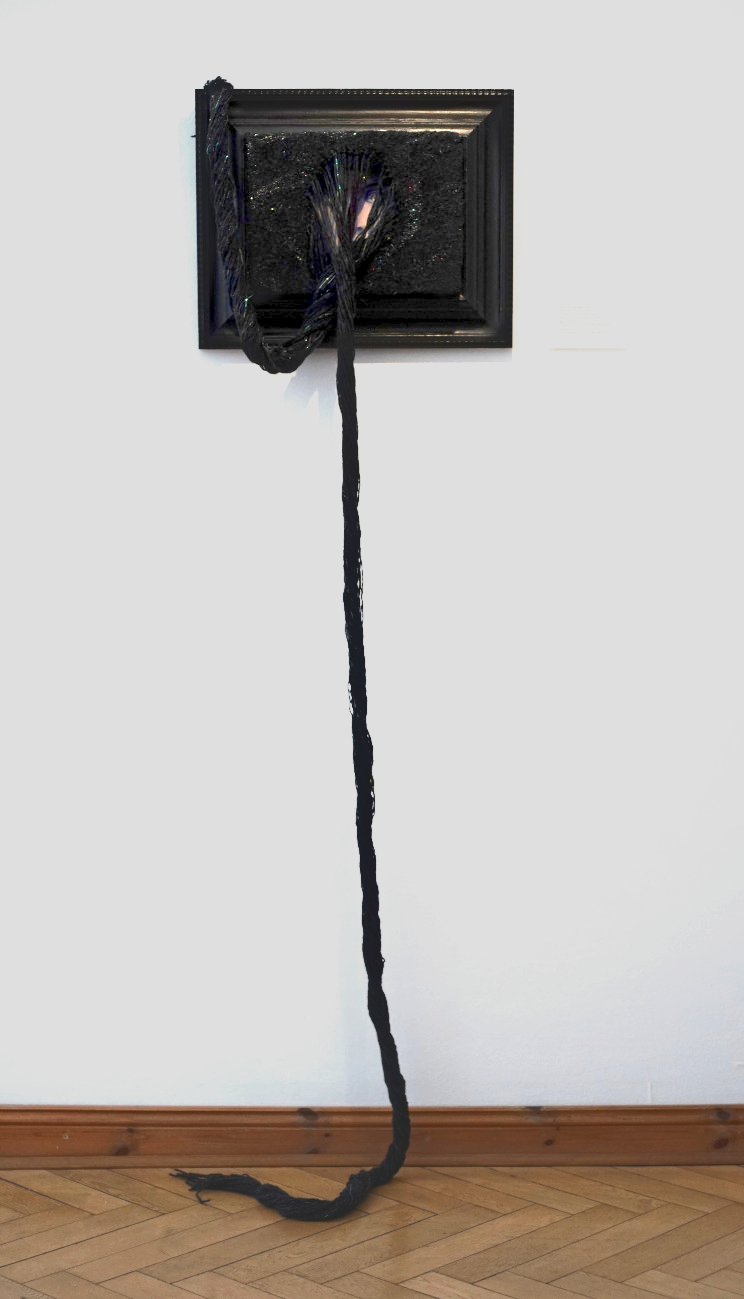
Haupt der Medusa
(nach Franz von Stuck um 1892)
2024
Pastellkreide auf Papier, mit Nadel geritztes Papier, 34,5 x 26,5 cm
Medusenstück
2024
Handgewebter Gobelin vor dem Glas: 34 x 25,5cm (x 200cm)
Isländische Schafwolle, Effektglanzgarn, rückseitig mit Leim verstärkt
Ohne Haupt
Verborgenes Werk
2024
Zeichnung/Mixed Media, 26 x 21cm
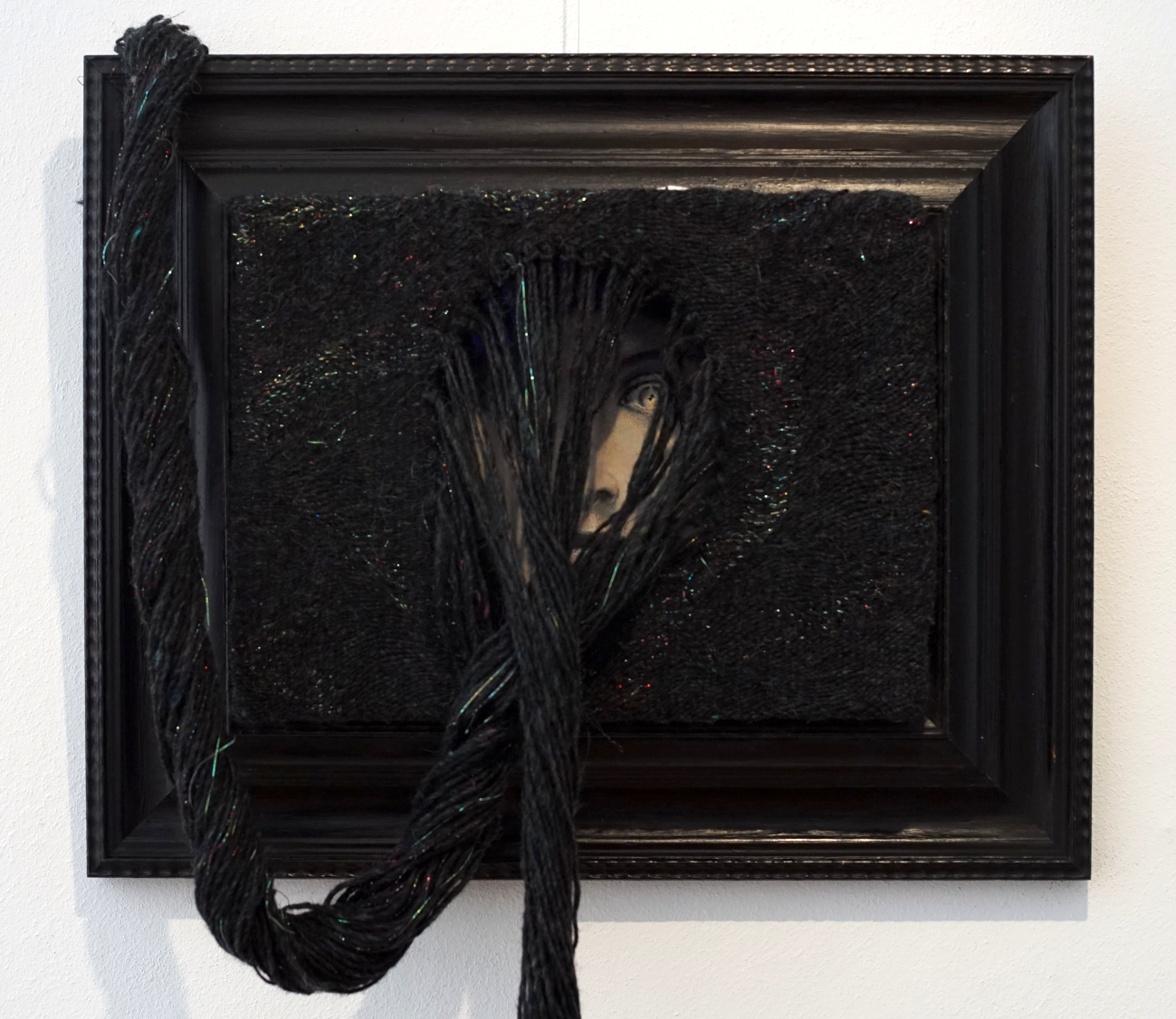
Haupt der Medusa
(nach Franz von Stuck um 1892)
2024
Pastellkreide auf Papier, mit Nadel geritztes Papier, 34,5 x 26,5 cm
Medusenstück
2024
Handgewebter Gobelin vor dem Glas: 34 x 25,5cm (x 200cm)
Isländische Schafwolle, Effektglanzgarn, rückseitig mit Leim verstärkt
Ohne Haupt
Verborgenes Werk
2024
Zeichnung/Mixed Media, 26 x 21cm
Sacrifice – What is worth more, art or life ?
Sacrifice – What is worth more, art or life?
This is a dilemma that one might find themselves grappling with in recent times. Agnus Dei, the sacrificial Lamb of God housed in Madrid’s Prado, akin to all masterpieces within the Western art canon, faces the peril of damage from climate protests. Does this act align with an initiation rite that marks the genesis of every new culture, invariably necessitating a sacrifice? Why is autonomous art juxtaposed with life in the endeavor to “save” the earth? Does the notion of artistic self-empowerment hang in the balance with this inquiry, serving as both a means of understanding the world and a beacon of enlightenment?
Under the guise of a culture of sacrifice, Svenja Schüffler initiates an artistic practice characterized by concealment and revelation, concealing works that defy controlled reception. She adeptly appropriates notable masterpieces like Agnus Dei, imbuing them with their historical contexts, and incorporates them as sculptural elements of sacrifice to obscure secret works behind them.
Unter dem Vorschein einer Kultur des Opfers initiert Svenja Schüffler eine künstlerische Praxis der Verhüllung und Enthüllung. Meisterhaft eignet sie sich prominente Werke wie Agnus Dei samt historischer Rahmung an. Diese versehrt sie als skulpturale Elemente einer Opferung, um dahinter verborgene, geheime Werke zu verhüllen.
